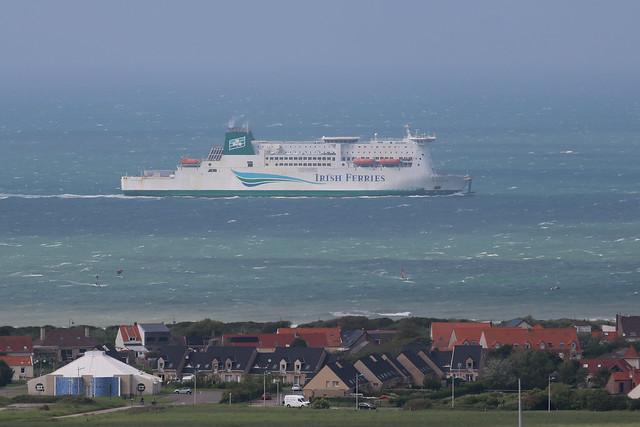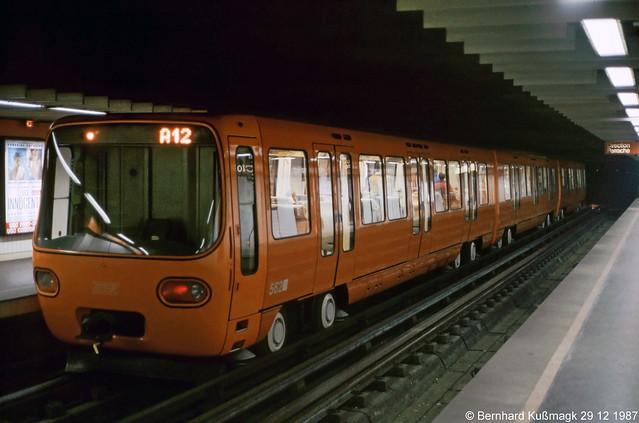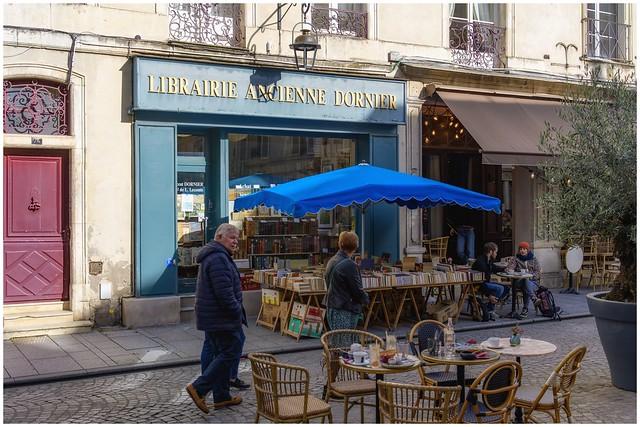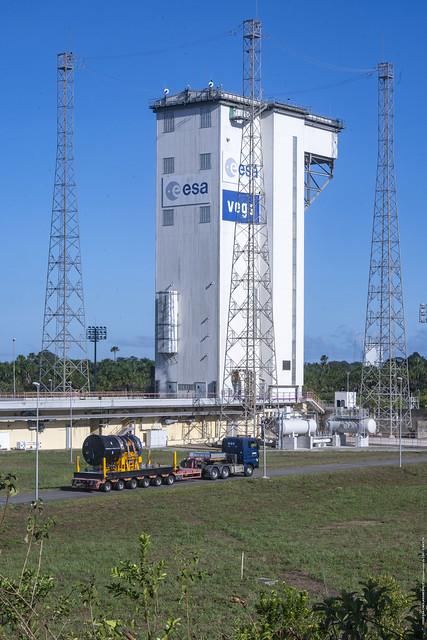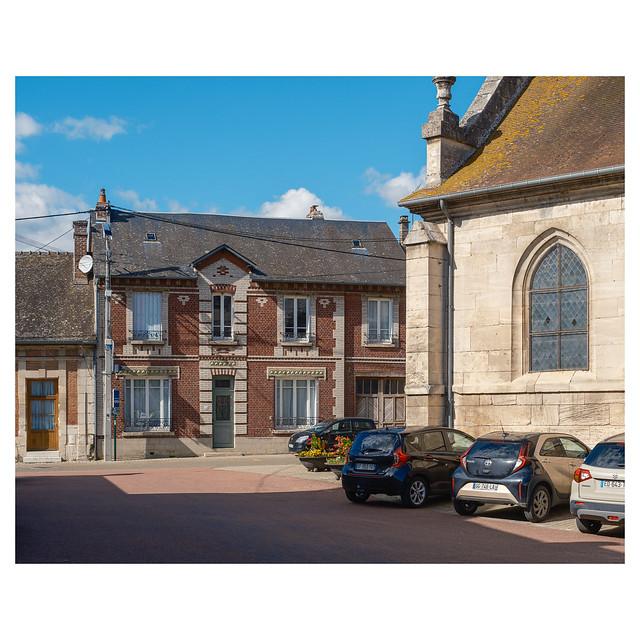Hauts-de-France
Overview
Overview of Hauts-de-France
Hauts-de-France, located in the northern part of France, is a region rich in history and cultural diversity, offering a unique blend of French and Flemish influences. The area is known for its stunning Gothic architecture, picturesque countryside, and vibrant cultural scene. Cities like Lille, Amiens, and Calais are hubs of cultural activities, featuring museums, theaters, and art galleries. The region's history is deeply intertwined with both World Wars, making it a significant spot for those interested in history, with numerous memorials and museums dedicated to these events. Additionally, Hauts-de-France is famous for its culinary specialties, including beer, cheese, and traditional dishes like carbonnade flamande (a Flemish beef stew).
High Season for Tourism
The high season for tourism in Hauts-de-France is typically from June to August when the weather is most favorable. During these months, temperatures are comfortably warm, averaging around 20°C (68°F), which is ideal for exploring the outdoors and enjoying the scenic beauty of the region. This is the perfect time for visiting the region’s expansive beaches along the Opal Coast or engaging in hiking and cycling in the lush countryside. Summer festivals, such as the Main Square Festival in Arras and the Braderie de Lille, one of Europe's largest flea markets, provide lively entertainment and cultural experiences that are particularly appealing to younger travelers.
Preparation for the Visit
Before visiting Hauts-de-France, it’s important for travelers to prepare adequately to make the most of their experience. Firstly, considering the variable weather, packing should include both light clothing for sunny days and a waterproof jacket for occasional rainy days. A good pair of walking shoes is essential for exploring the cobbled streets of the cities and the nature trails. Learning a few basic phrases in French can be immensely helpful, as it is the primary language spoken, and while English is widely understood, especially in tourist areas, local interaction is always more appreciated in the native language. Lastly, make sure to have a viable means of transportation arranged, as exploring the wider region is easier with access to a car or through local trains and buses.
How It Becomes to This
History not available
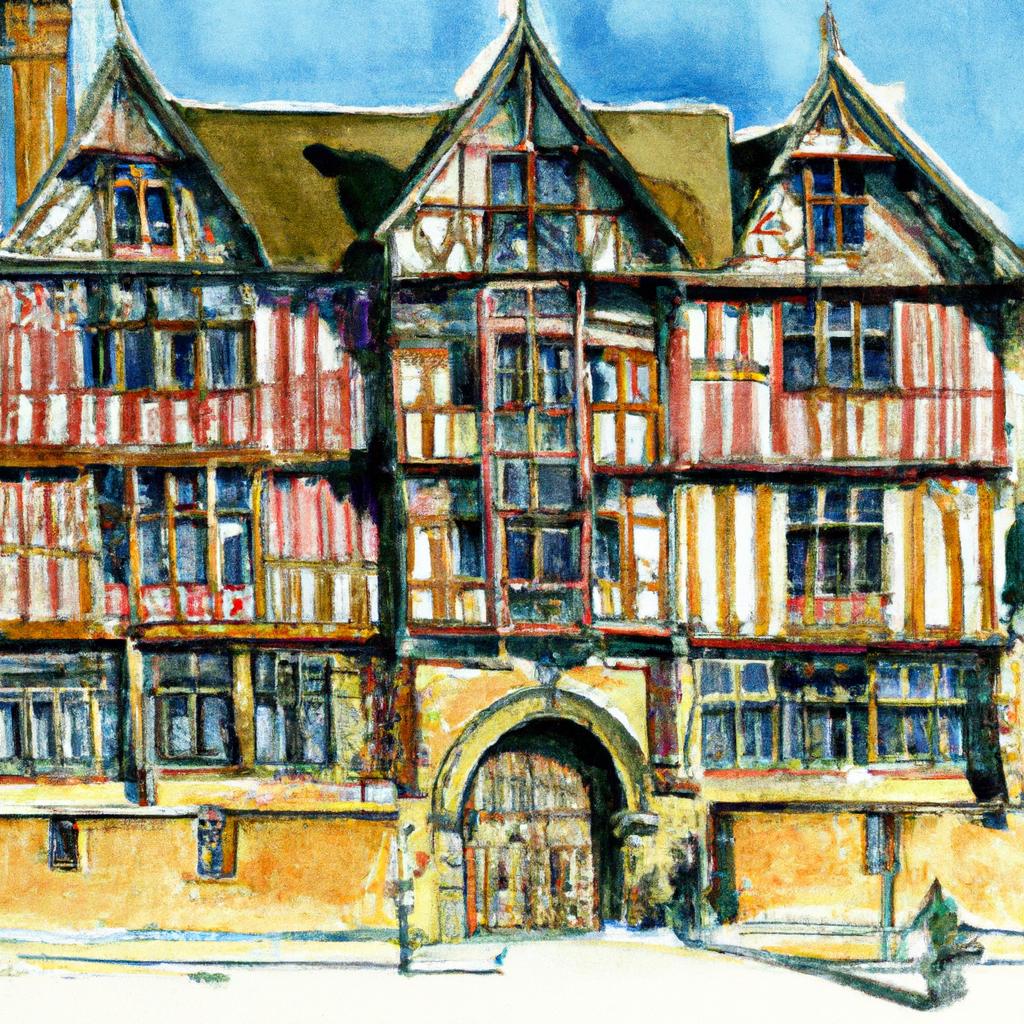
You May Like
Explore other interesting states in France
Discover More Area
Delve into more destinations within this state and uncover hidden gems.


